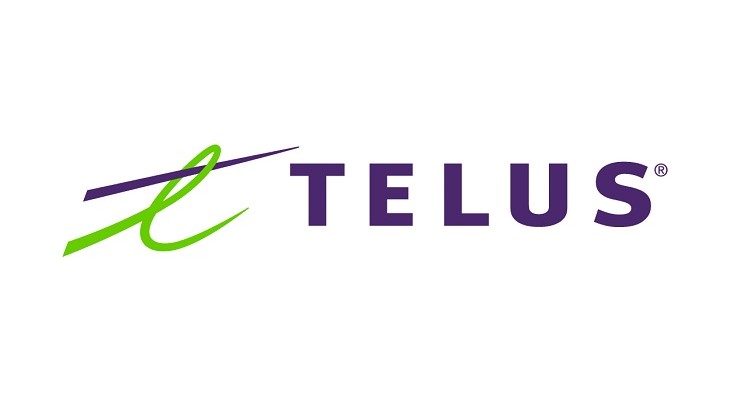
By Ahmad Hathout
Telus executives on Friday pointed to competitor aggression for dampening its average revenue per user (ARPU) on wireless, but the company said it is keeping firm on its retention strategy as it heads into the hottest quarter of the year.
The Vancouver-based telecom reported a mobile wireless ARPU of $58.85 in the third quarter, a decline of roughly $2 compared to the same period last year. The company that prides itself on customer loyalty and its historically low churn saw that rate of defection increase to 1.09 per cent from 1.03 over the same period.
The telco said this dip is attributed to the adoption of base rate plans with lower prices “in response to more aggressive marketing and promotional pricing targeting both new and existing customers, and a decline in overage and roaming revenues.”
“It’s definitely a very dynamic environment and we continue to see different dynamics emerge quarter-over-quarter,” Zainul Mawji, the telco’s executive vice-president and president of Consumer Solutions, said on a third-quarter conference call with analysts. “I think based on the results that we have all communicated in the last couple of weeks, you definitely see the aggression and where the ARPU dilution is coming from. And you see us really focus on quality versus dilutive loading, and you’ve seen us focus on driving the right optimal mix, the right bundling and the right retention outcomes.”
Mawji emphasized the bundle and providing value into the higher tier postpaid base.
“I would say there is limited dilution at the lowest-end of the market,” Mawji said, “but there’s more offers where premium offerings continue to be offered to that lower-end of the market, and so we need to ensure that we continue to pursue the right balance of value proposition to the customer based on the cost of those services and based on what customers want to acquire in terms of multi-product capabilities and multi-line capabilities.
“We’re heading into the most aggressive quarter of the year, so it’s hard to say exactly how things will progress, but I think you’ve seen a lot of consistency with respect to how we behave in the market and how we’re going to continue driving our product intensity and our retention-focus thesis going forward,” she added.
The telco said in its financial documents that it is seeing an increasing adoption of its unlimited data and Canada-U.S. plans “which provide higher and more stable ARPU on a monthly basis while also giving customers cost certainty in lower roaming fees to the U.S. and lower data overage fees, respectively.”
Even before we head into the big holiday events, other players in the industry appear puzzled by the price aggression. On Thursday, Quebecor executives raged against the pricing practices of Bell on wireless and wireline in Ontario and Quebec, saying it’s “not right.”
“It’s very tricky from a business standpoint to do what Bell is doing, because I think it’s hurting the entire business in Quebec, and now that we see that they’re going to Ontario, I think I feel a little bit worried about the wireline business in Ontario and then in the rest of Canada,” said Quebecor’s Chief Financial Officer Hugues Simard.
At roughly 130,000 net mobile wireless connections – Telus doesn’t parse post from prepaid – the telco added nearly 19 per cent fewer of those subscribers in this quarter compared to the same period last year. The total base, however, increased 4.2 per cent to 10.1 million.
Net new internet subscribers were 34,000 in the quarter, down 8.1 per cent over the year. The base grew 5.1 per cent over the year to roughly 2.7 million.
Net new television customers were 21,000 this period, up 5 per cent over the year, for a total base that was down 0.7 per cent to 1.36 million.
Landlines saw a net loss of 9,000, 12.5 per more than the 8,000 it lost last year, for a total base that was down 3 per cent to 1.04 million.
The telco added 159,000 net new connected device subscribers in the quarter, down 11.2 per cent over the year, for a base that grew 21.4 per cent to approximately 3.5 million.
Brand new home security adds were 12,000 in the quarter, down 33.3 per cent over the year, for a total base that was up 7.5 per cent to roughly 1.1 million.
On health services, the company grew 9.2 per cent over the year in terms of the number of healthcare lives covered at 76 million, while its virtual care members grew 18.2 per cent over that period to 6.5 million.
Total revenues were up 1.8 per cent to 5.1 billion, with net income up 87.6 per cent to $257 million over the year.




